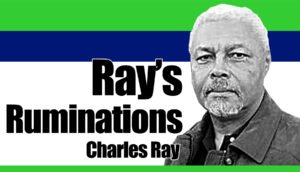• GILBERT P. BAYORAN
The Sagay City government in Negros Occidental has penalized the M/T Mary Queen of Charity with fines amounting to P250,000 for violation of the Expanded National Integrated Protected Areas System Act of 2018, City Legal Officer Ryan Bonghanoy said on Friday.
The incident on Aug. 3 at the Sagay feeder port, where the vessel was loading molasses, affected 1.3 hectares of the Sagay Marine Reserve (SMR).
Bonghanoy said that the owner of the vessel paid the fines to the city government, whose Protected Area Management Board manages the 32,000-hectare marine reserve area.
Commander Jansen Benjamin, head of the Philippine Coast Guard Northern Negros Occidental, said that the vessel was allowed to leave the port on Wednesday, after submitting documents of undertaking to pay the fines.
Benjamin said that the International Convention for the Prevention of Pollution from Ships (MARPOL) documents of M/T Mary Queen of Charity are complete.
“This means the vessel is compliant. All its safety documents are updated,” he added.
The spill happened during the shore-to-ship operation or the loading of molasses from the truck to the vessel, which is being blamed on human error, based on the Coast Guard investigation.
During the underwater inspection, the vessel showed no signs of grounding, and its hull integrity is intact, which could indicate that the molasses spill was caused by mishandling, Sagay Marine Reserve Resource Assessment head Roberto Togle said.
The molasses supply from Lopez Sugar Corp. in Sagay City was bound for Manila.
During a recent meeting with the SMR Protected Area Management Board, Bonghanoy said that the Department of Environment and Natural Resources (DENR)-Environmental Management Bureau-Western Visayas considered imposing additional penalty to the owner of the vessel as a result of the molasses leakage.
Provincial Environment and Natural Resources Officer Joan Nathaniel Gerangaya said that they are still awaiting the results of the water sampling in the affected area.
Gerangaya said that there is no more trace of molasses in the affected area since it has been totally dissolved.
While the water is back to its normal color, the primary concern of the DENR is the possible effect on the marine habitat in the area.
Molasses is a viscous byproduct in the processing of sugarcane used in baking, candy-making, production of vinegar and citric acid, among many other uses.
Gerangaya said that they are trying to determine whether molasses is hazardous although it is not included in the list of hazardous liquids.
He noted that if molasses is dissolved in the water, it turns out to be food for marine life. | GB




